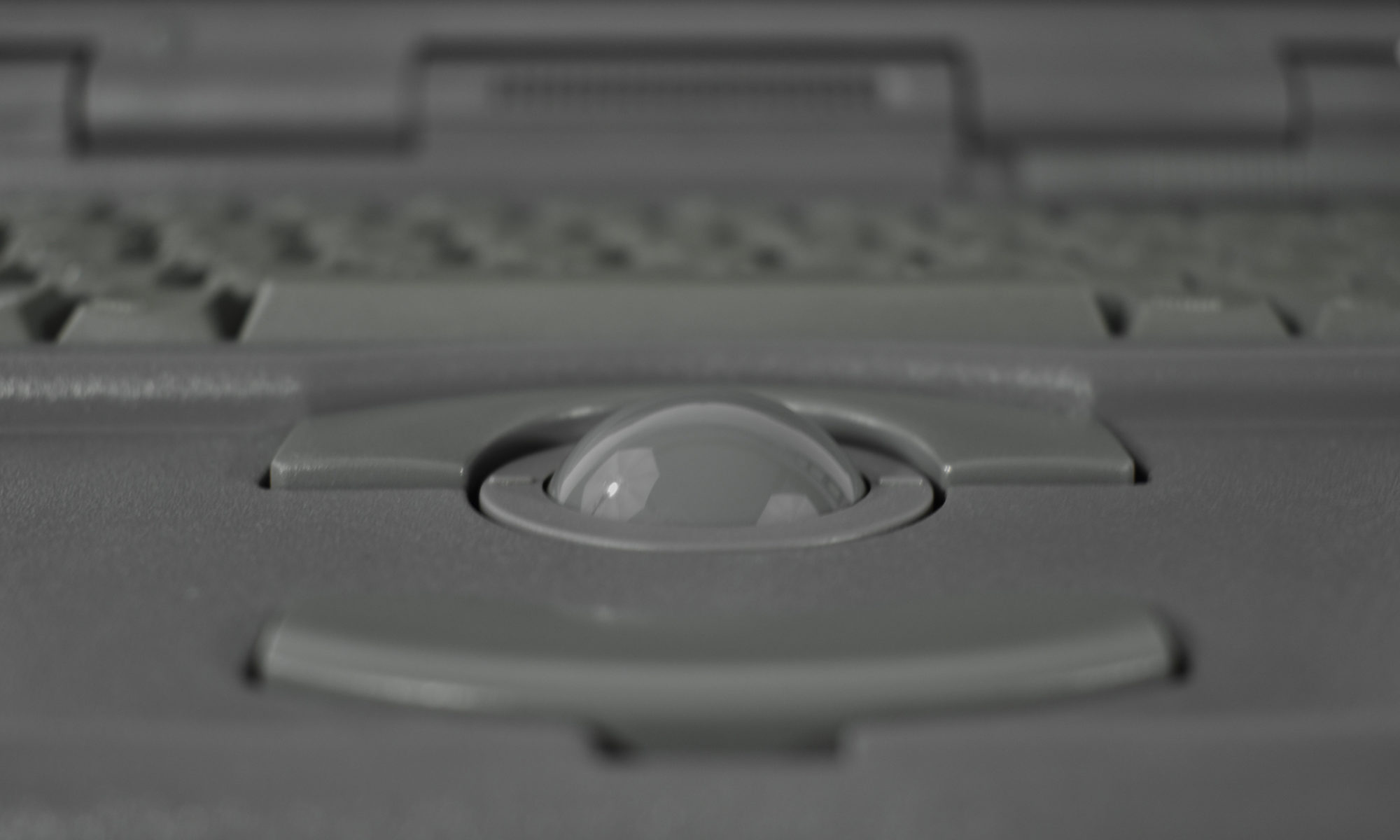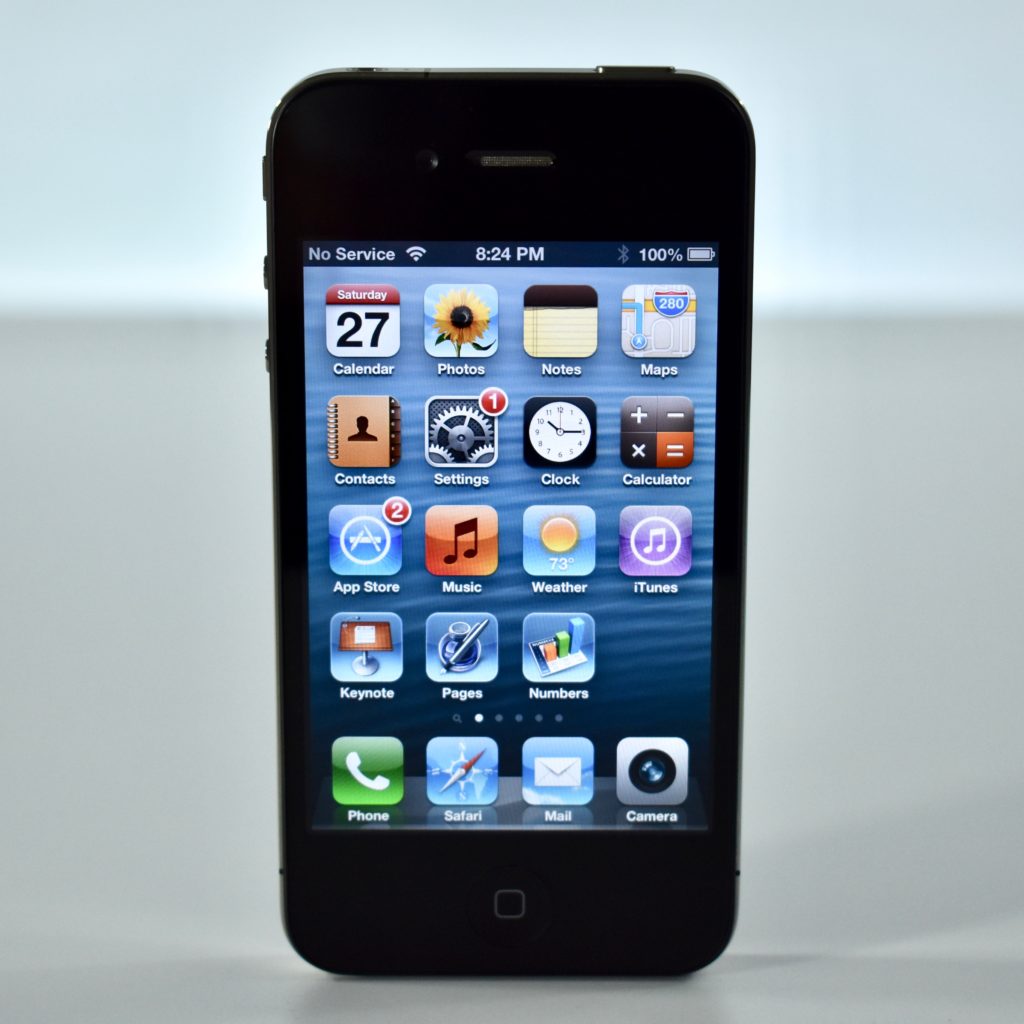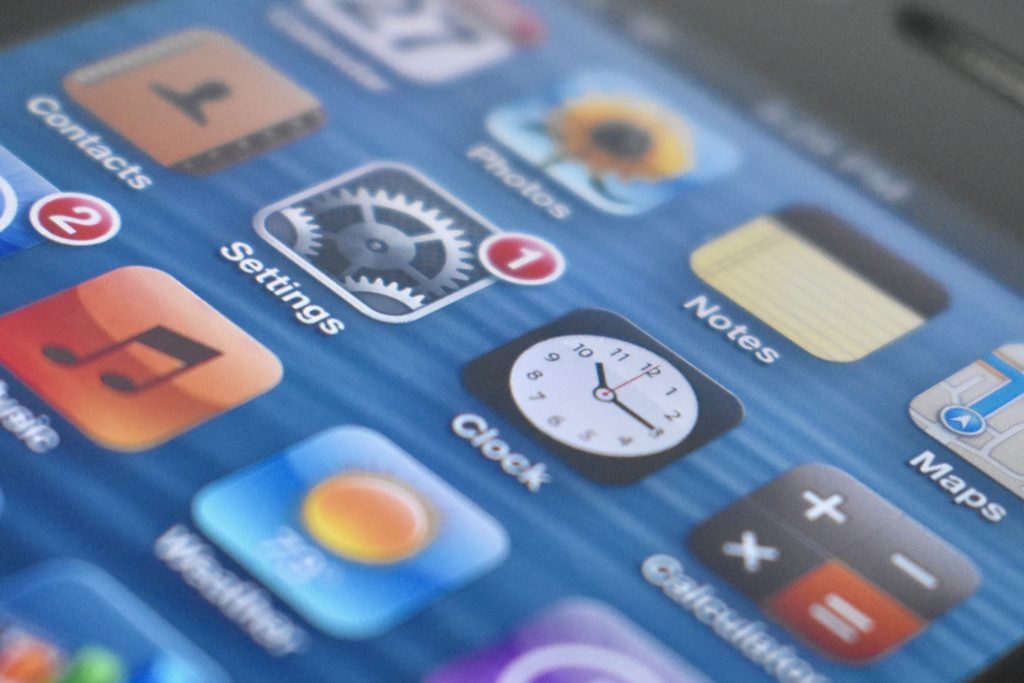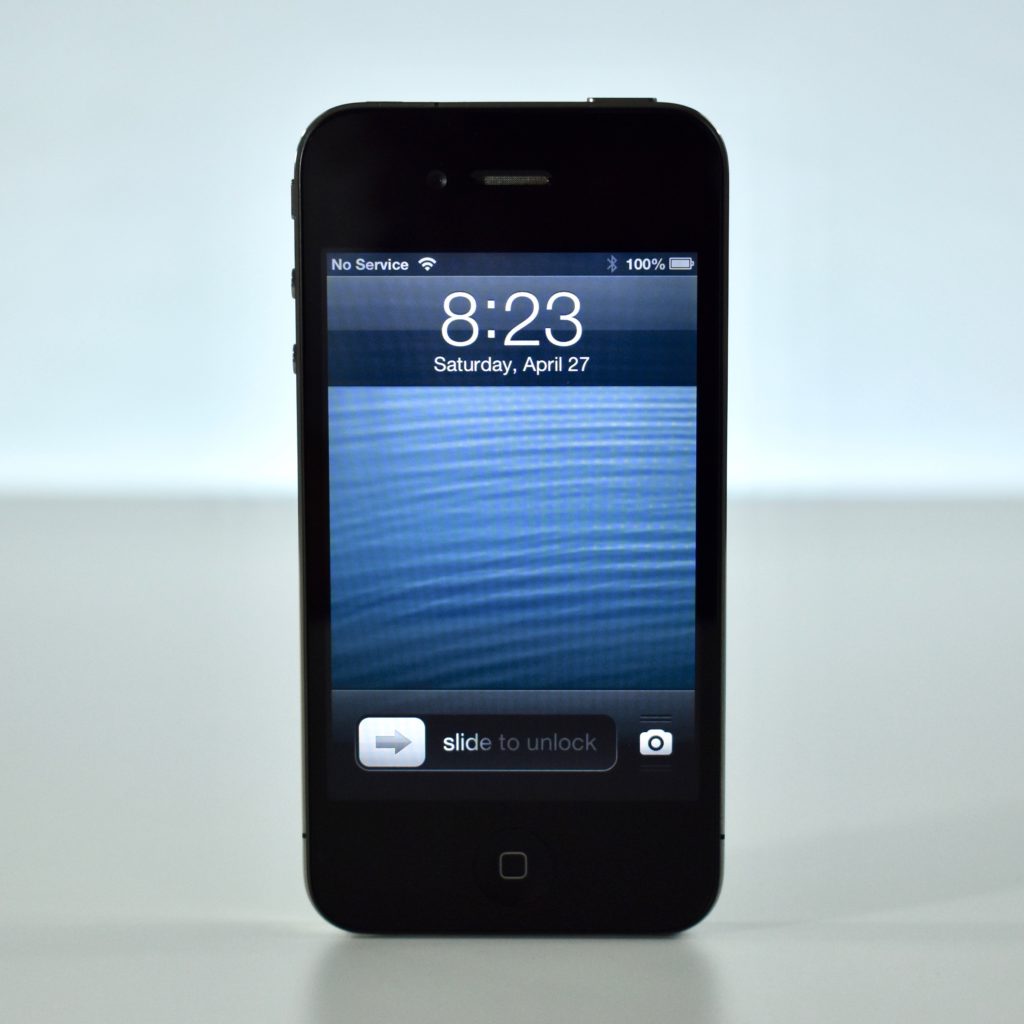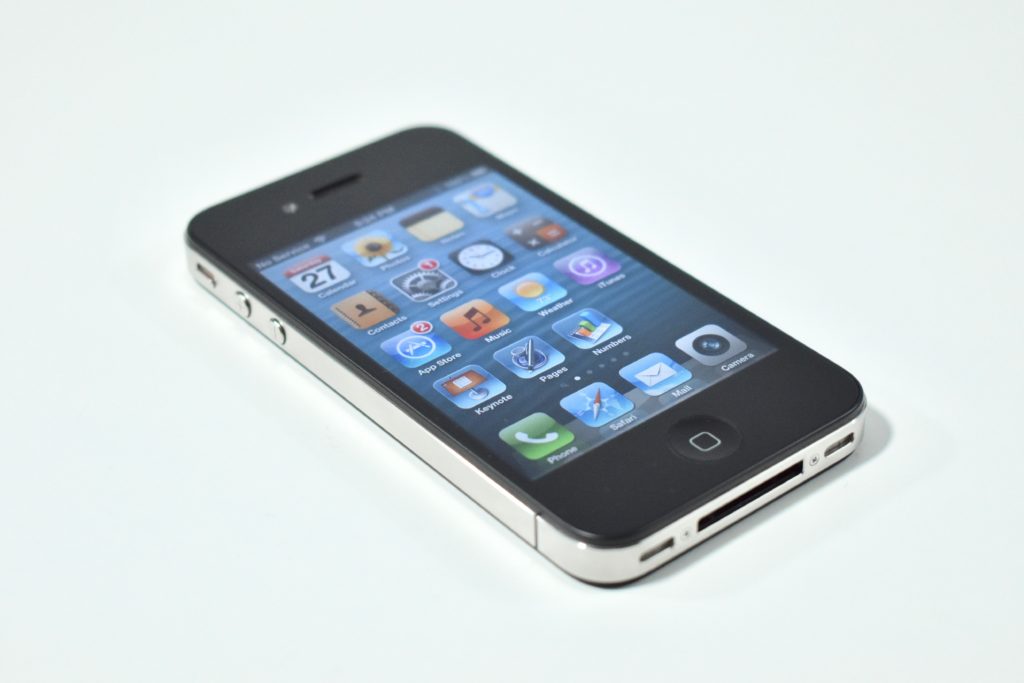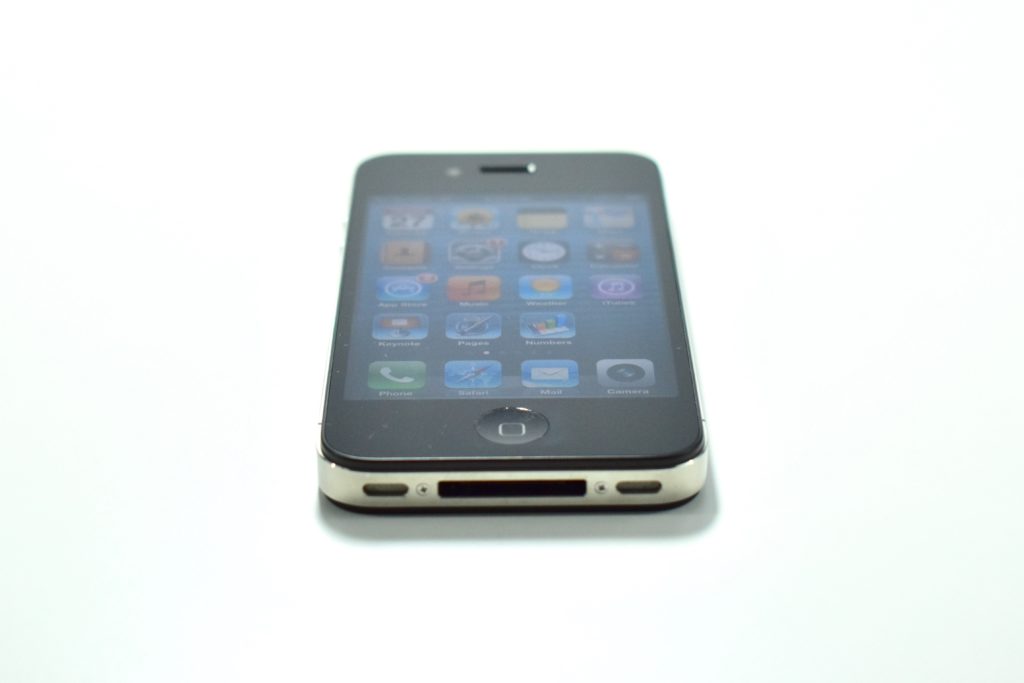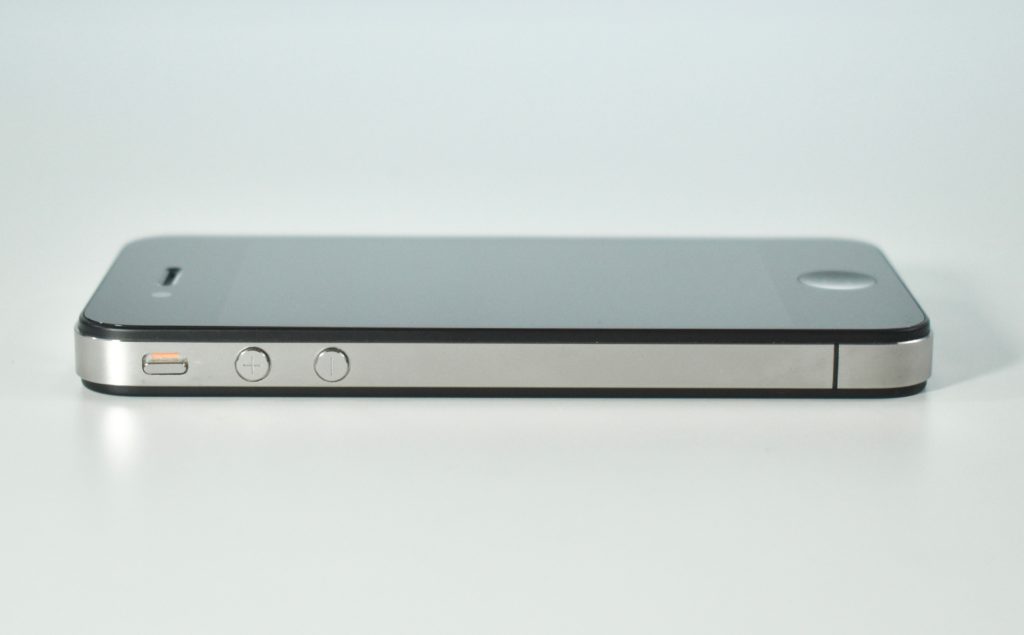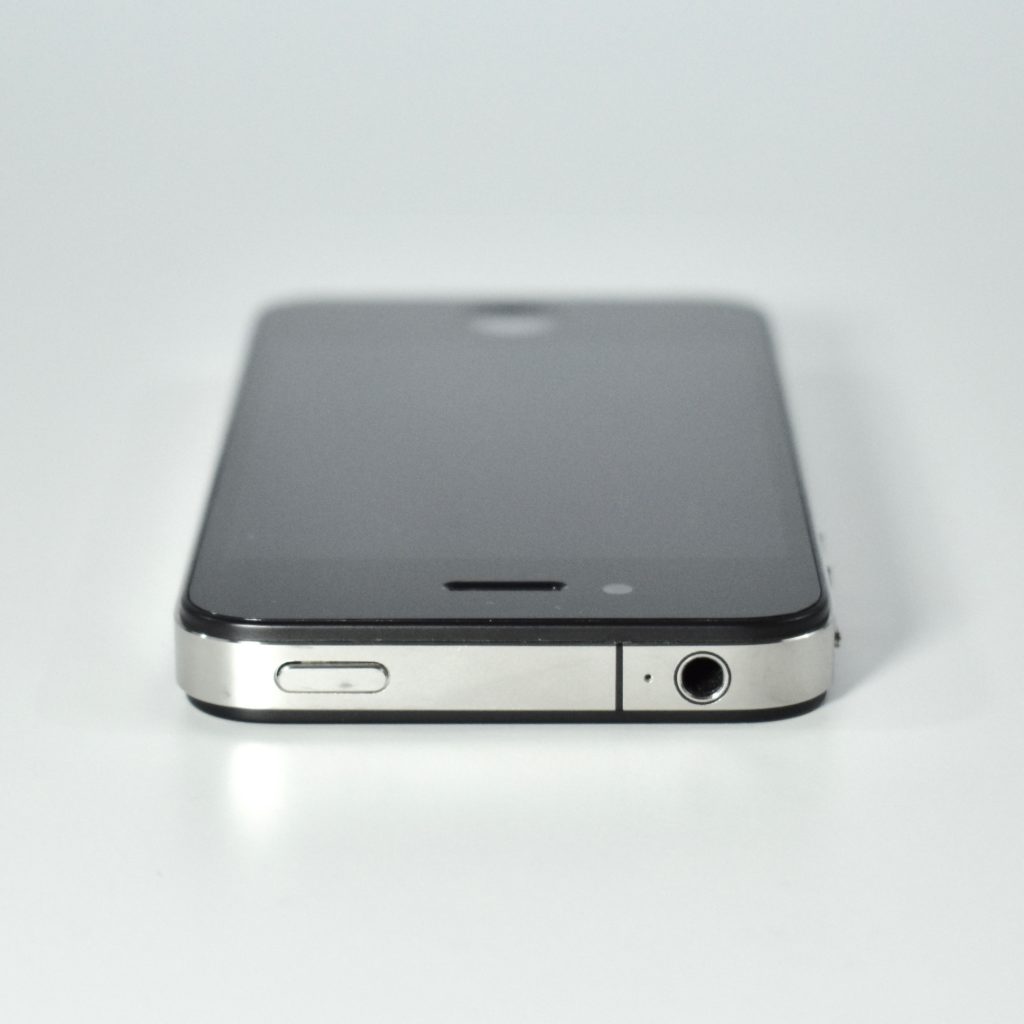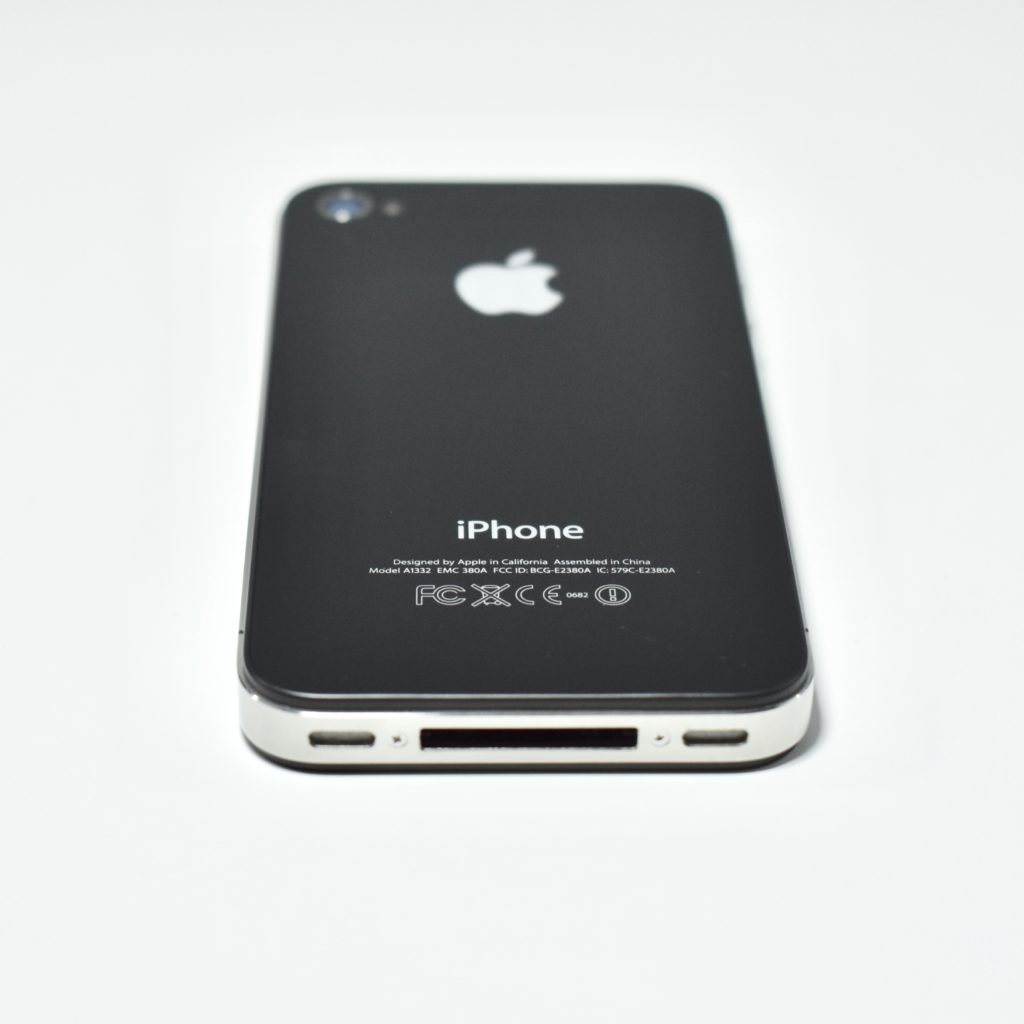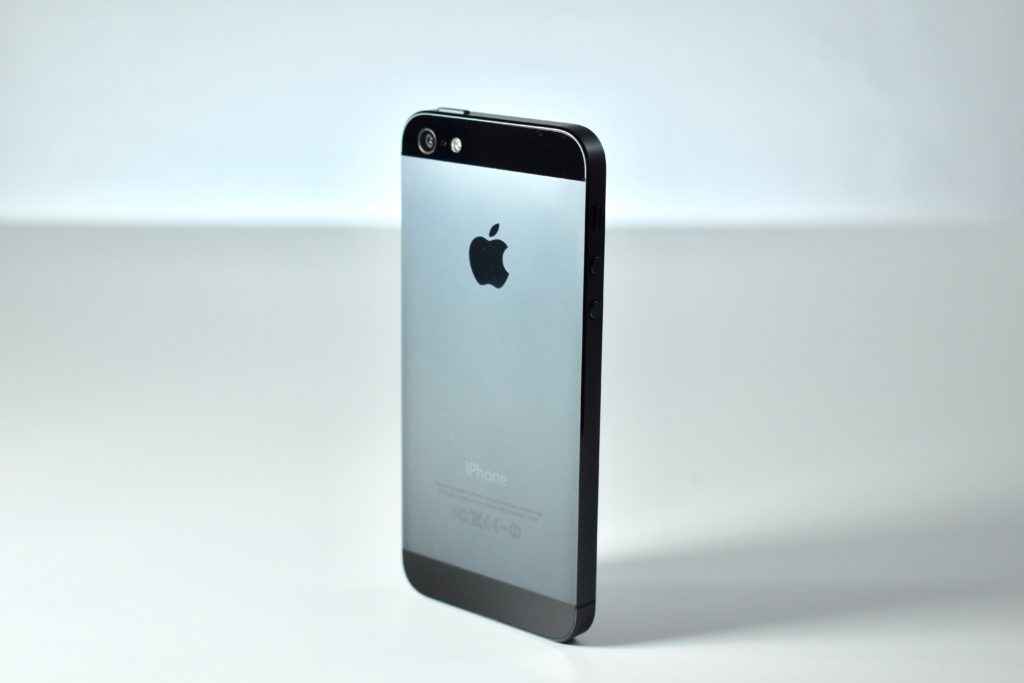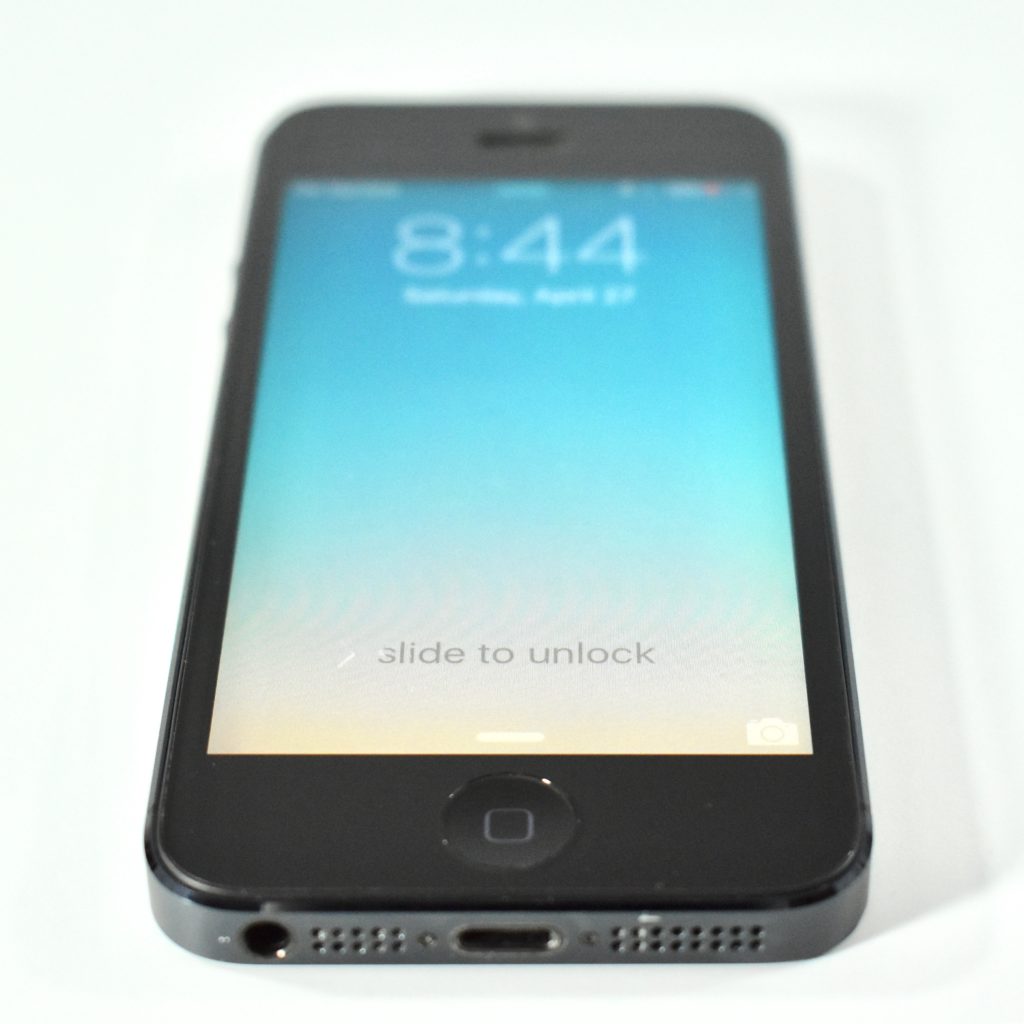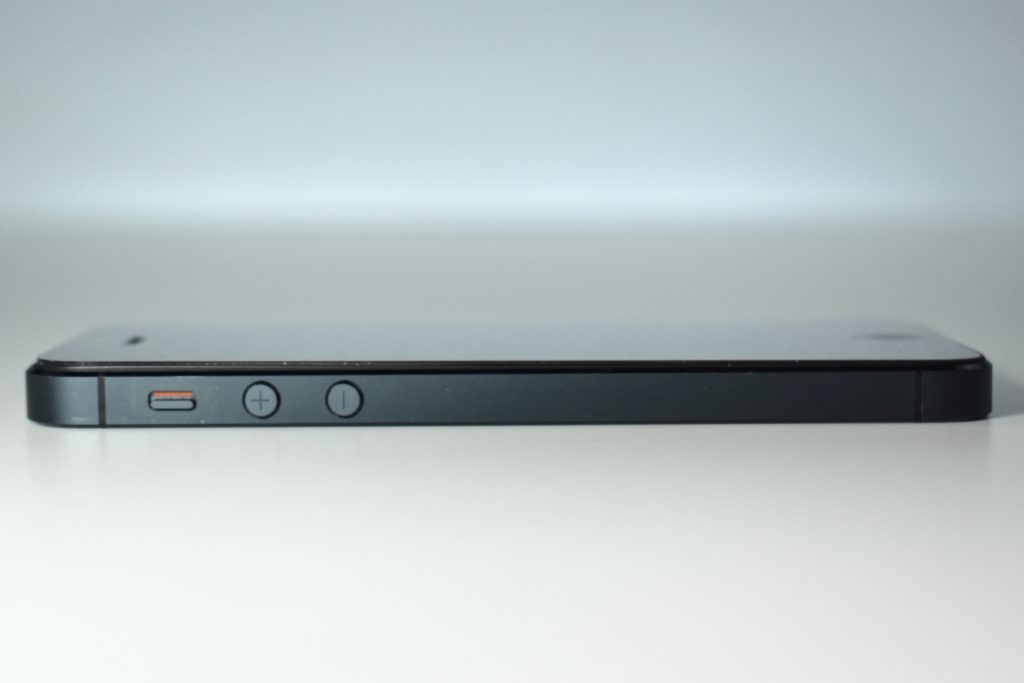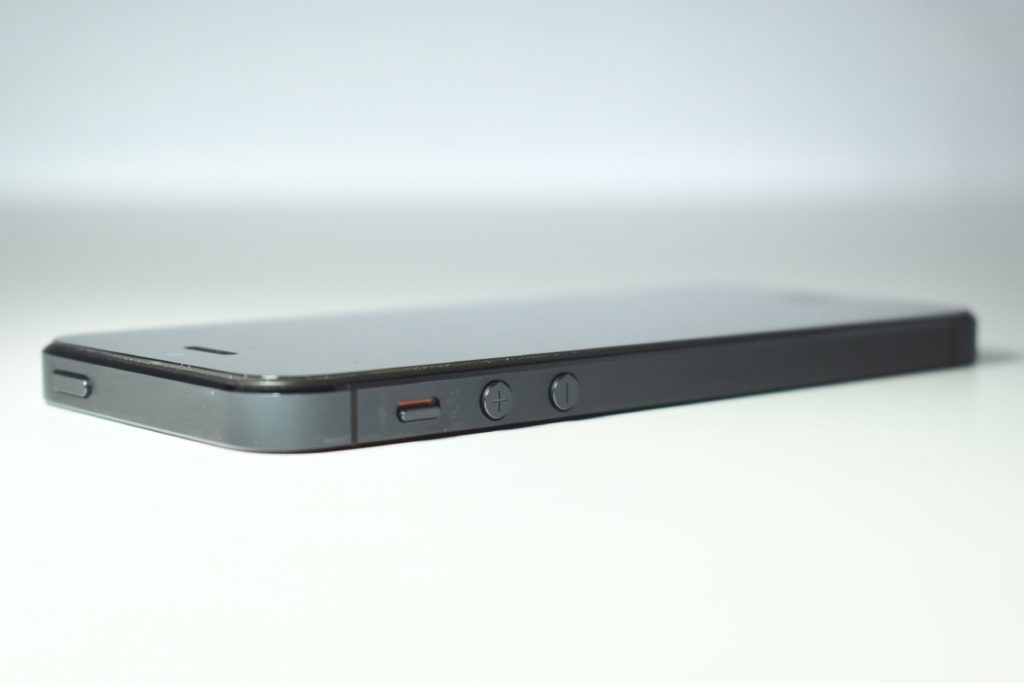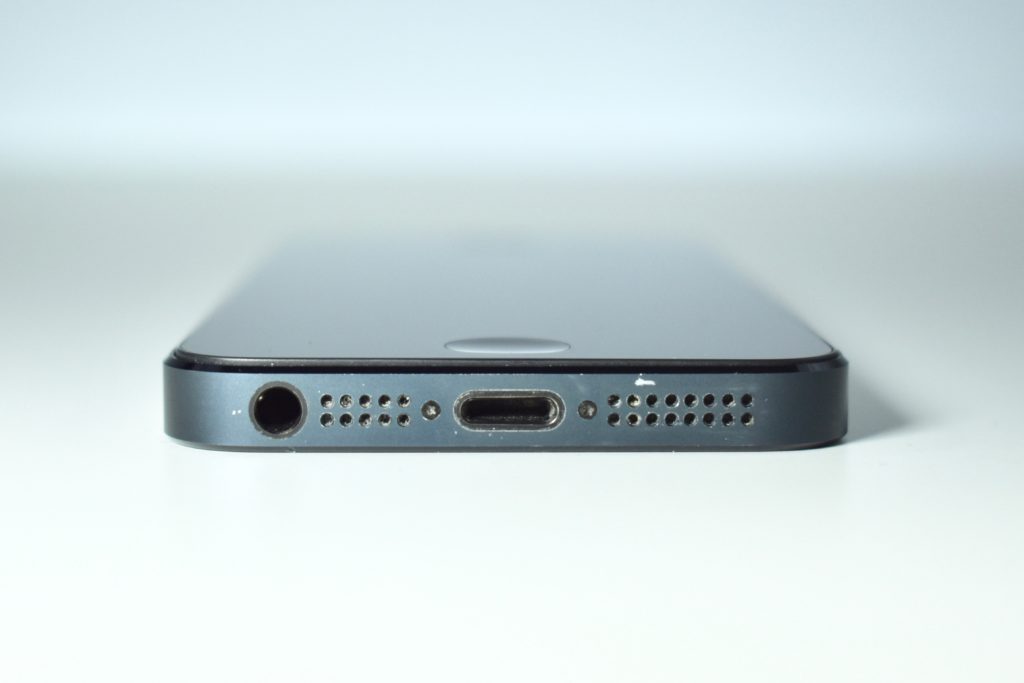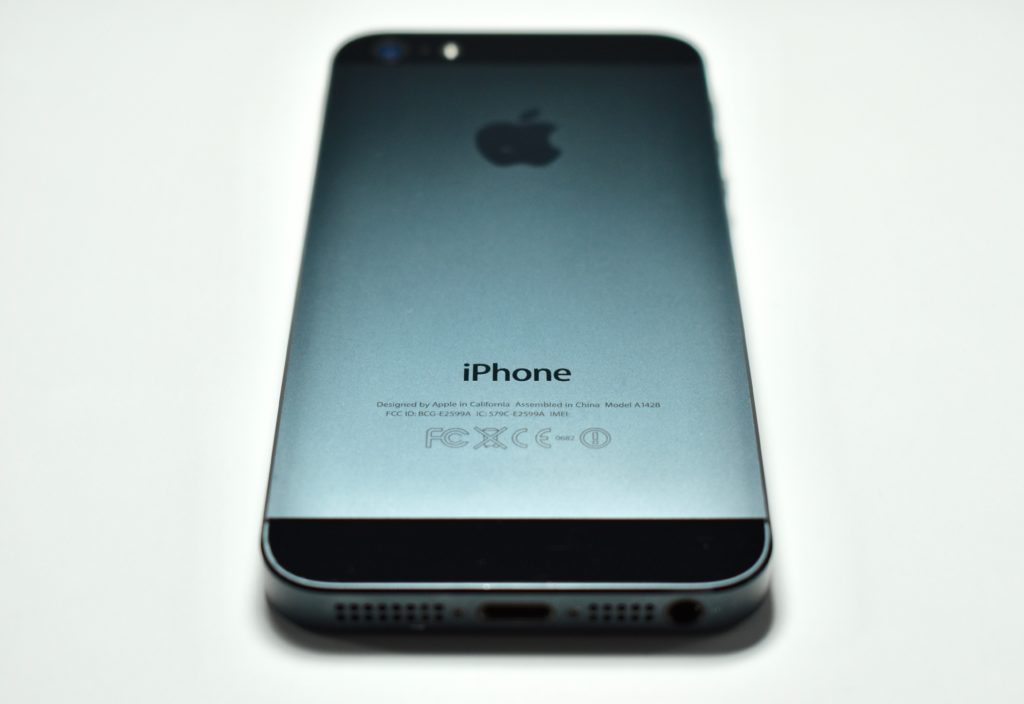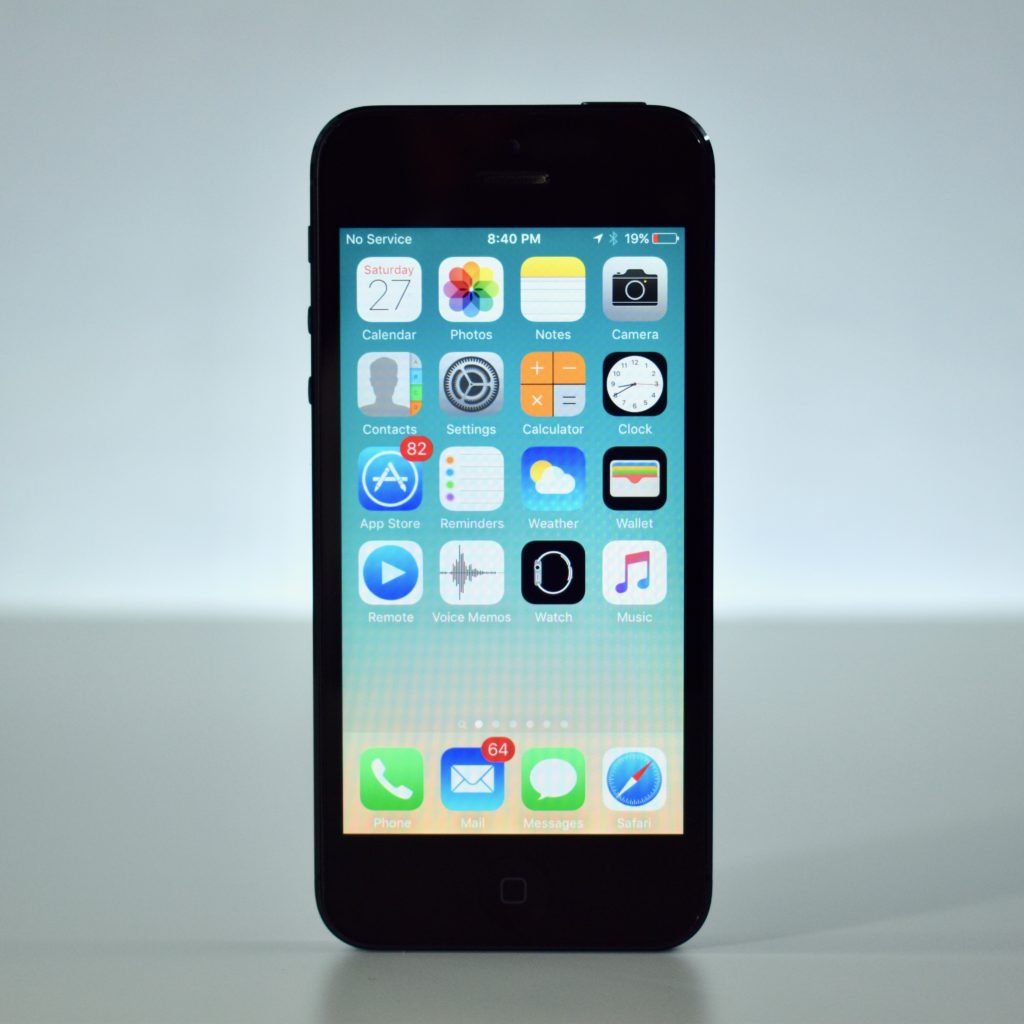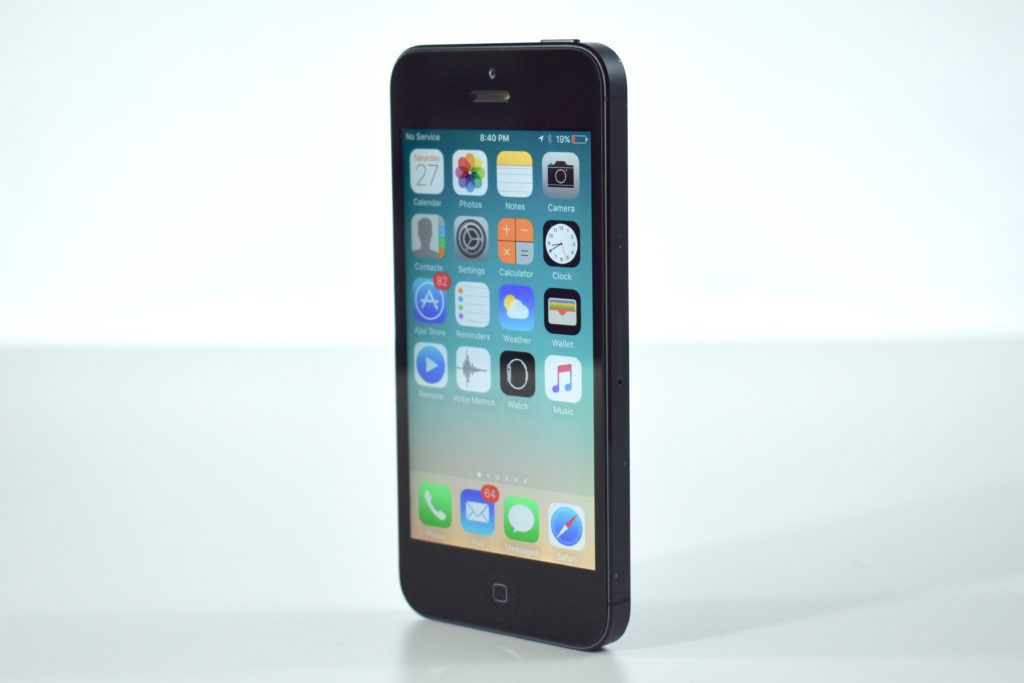The iPhone 4 represented a major design leap from the previous models with an all stainless steel body, a 3.5-inch Retina display at 960×640 (326 ppi), a chemically hardened “aluminosilcate” over the front display, and the chemically hardened black glass back. A white option was announced, but did not ship for over a year after the announcement.
The iPhone 4 was the first iPhone with dual front and back cameras: a 5 megapixel HD video/still camera (720p at 30 FPS), a 5X digital zoom, and an LED flash on the rear; and a VGA-quality video/still camera on the front designed for video conferencing over Wi-Fi using FaceTime. Both cameras used noise-cancelling microphones.
The iPhone 4 was powered by an A4 processor and added additional mobile network support. It included a digital compass, GPS, an accelerometer, and a new 3-axis gyroscope.
Source: EveryMac.com
